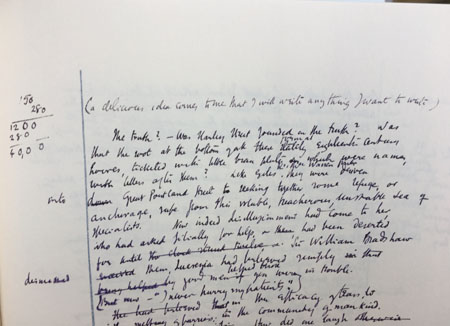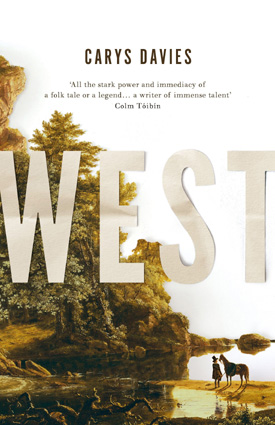I've wanted to read more of Nelson's books since I first encountered her breakout 'The Argonauts' a few years ago. Her approach to contemplating certain ideas and their personal impact is so striking and thought-provoking. I picked up this book (first published ten years ago) because she gave a fascinating talk at the Southbank Centre in London. 'Bluets' considers her powerful attraction to the colour blue, its manifestations in ordinary objects and art as well as its symbolism in paintings, songs and writing. She originally intended its subject to remain within these boundaries and join in a literary tradition which considers colour. But when writing it she also included references to the break down of a love affair and her close friendship with a woman who has become a quadriplegic. Her musings weave through the analytical and personal to present a striking way of thinking about our perceptions, emotions and language.
I've also always felt the appeal of the colour blue. It has a warmth to it but also induces a melancholy feeling. People have always remarked on how strikingly blue my eyes are. Once I was in a group where we were asked to organize ourselves in a line from people whose eyes are deepest brown to those whose eyes are the brightest blue. The group decided my eyes are the bluest and for some reason this felt like a great compliment to me. Nelson considers “Does the world look bluer from blue eyes? Probably not, but I choose to think so (self-aggrandizement).” It's a romantic idea but a ridiculous one. This is part of the reason I appreciate Nelson's point of view though. She takes her research and political views seriously but at the same time she playfully toys with the theoretical and enjoys the teasing pleasure that can be had with language.
I appreciate that Nelson describes how her collection of blue objects feels meaningful to her even though she can't recall their origins or significance. All that's left is their beauty. I think we have a similar relationship to cherished memories of events and people in our lives. There's a feeling that resonates when we recall them even if we can't recreate all the details of the past. She describes how “blue has no mind. It is not wise, nor does it promise any wisdom. It is beautiful, and despite what the poets and philosophers and theologians have said, I think beauty neither obscures truth nor reveals it. Likewise, it leads neither toward justice nor away from it. It is pharmakon. It radiates.” Quite often she describes experiencing the colour blue like a sensation that is beyond words – as are the feelings it generates. Therefore, she sets herself the impossible task of trying to describe something which can't be summed up, but what she provides instead are approximations and discussions around the meaning of the colour blue.
Nelson also engages in serious dialogue with writers, philosophers and artists from the past who have written about colour. Sometimes she looks to their texts for knowledge or support for her own theories. Other times she repudiates the folly of their reasoning. For instance, she takes issue with the way William Gass asserts we can't see what we really desire in reality and that it's better to look in fiction for it because there the desire can be perfectly encapsulated in words and our imaginations. Nelson asserts: “I will not choose between the blue things of the world and the words that say them: you might as well be heating up the poker and readying your eyes for the alter. Your loss.” There is both pleasure and pain to be found when engaging in reality with all its attendant imperfections. It'd be a mistake to close oneself off to its jagged contours.
In a way I'm surprised I found this book to be as emotional as it is intellectually stimulating. Normally I get frustrated when authors withhold details that convey the core impulse driving them to write about a particular subject. Nelson refers to the breakdown of her relationship only glancingly and yet I felt the weight of its enormous loss all the same. She describes the debilitating feeling of being alone: “I have been trying, for some time now, to find dignity in my loneliness. I have been finding this hard to do. It is easier, of course, to find dignity in one's solitude. Loneliness is solitude with a problem.” She also asks “what kind of madness is it anyway, to be in love with something constitutionally incapable of loving you back?” Perhaps it's not so mad to be in love with a thing that's so beautiful specifically because it's incapable of loving you back. If it can't reciprocate feelings it's also incapable of rejecting you.






























